As temperatures warmed recently, I noticed that other animals were out and about.
According to the wildlife notes on the Pennsylvania Game Commission website, "Woodchucks begin denning up with the hard frosts of October. Few remain active past the first of November."
The note went on to say that the males emerge from hibernation before females, and during February and March fight aggressively.
I thought to myself that might be something to see, a woodchuck fight. With my walking companions I can say that we have never encountered a groundhog on our walks.
| We do come across deer on our daily walks. Last week after some wintery weather eased up, the deer seemed to be everywhere. The neighborhood herd of does remained strong at around eight. Meanwhile, the trail camera captured some bucks passing though. One buck that we saw on the trail was missing a horn. That could mean that some bucks have started to shed their antlers already. However, a buck caught on camera was still sporting a full set of antlers. Also on the trail cameras was evidence of increased coyote activity. The game commission's wildlife notes provided some explanation for this. Female coyotes "have one heat period that lasts four to five days, usually in February," the note said. |
"In late winter, foxes can be heard barking at night, making their presence known to members of the opposite sex. Breeding usually takes place in February," said a game commission wildlife note.
| Not making an appearance yet on my cameras were any bears. "Bears enter hibernation late in the fall, with pregnant females being the first to enter dens, typically during mid to late November. Males den several weeks later," a wildlife note said. The note went on to say that on warm, late-winter days, the bears may emerge and wander nearby their dens. However, folks can watch a bear who is denned up on camera online at this site. |
| Also missing from my trail cameras so far this season were any turkeys. During out walks, I have not viewed any signs of the large wild birds either. The game commission is also looking for turkey sightings from now until March 15. Residents can report their information with this link. |
The post went on to mention that there are peaks in the squirrels' breeding activity in January and February. There are peaks from May to July, but that squirrels can be reproductively active throughout much of the year, the post continued.
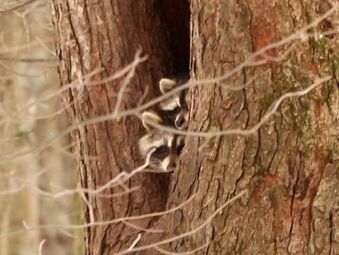
"Many family groups (mother and offspring) stay together through the young raccoons’ first winter," a wildlife note on the game commissions' site said.
In spring, the juveniles will disperse from the areas in which they were born, the note continued.
That's just the nature of things 'round here.
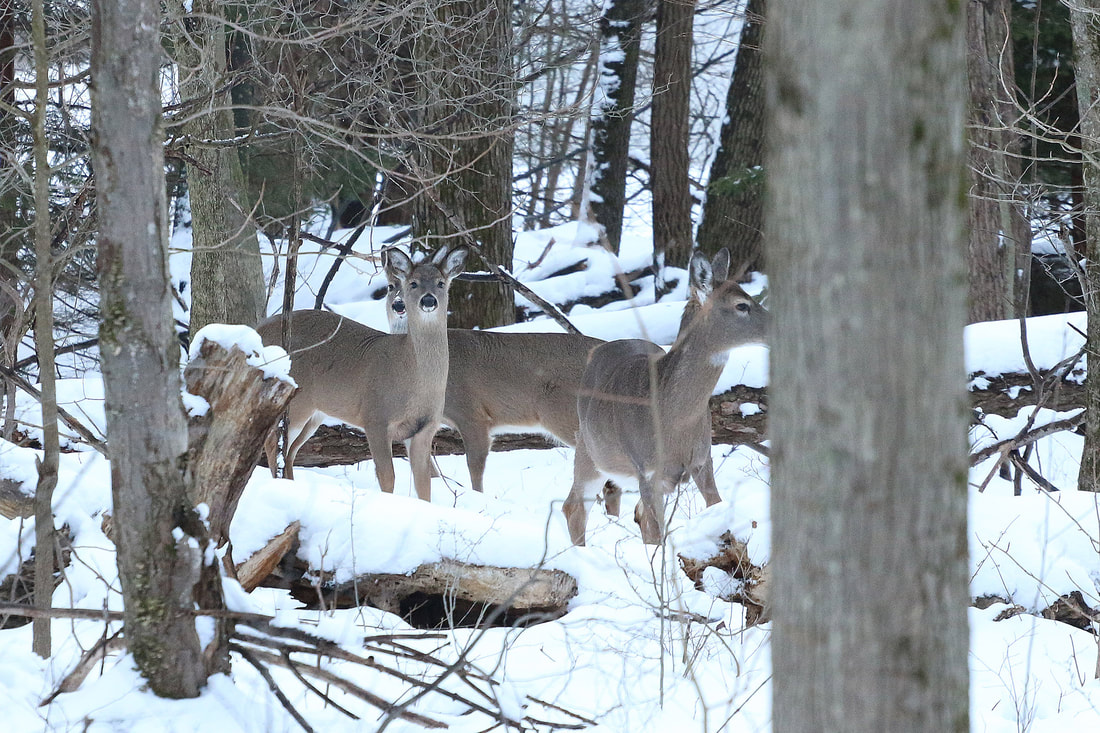
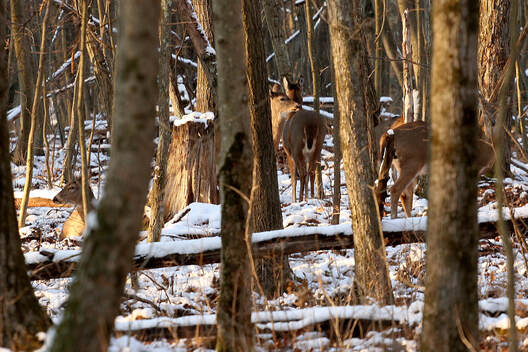
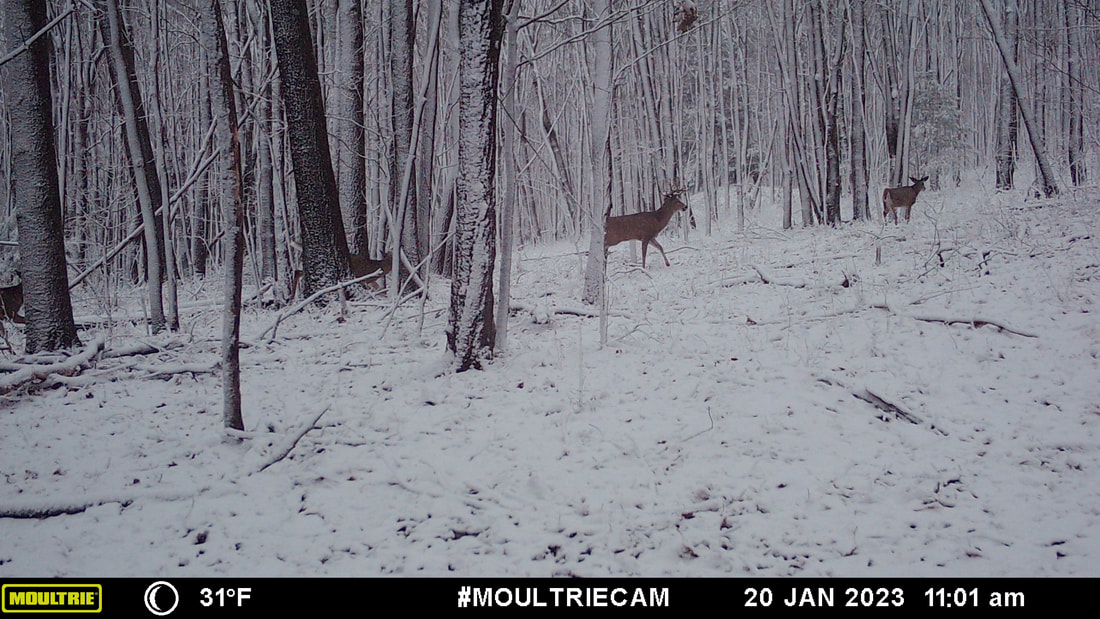
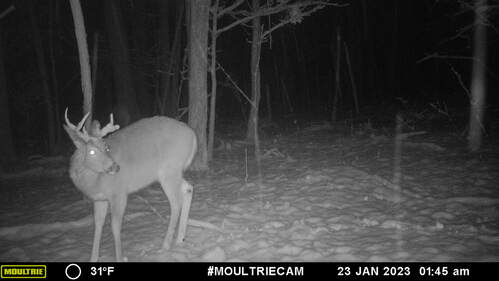
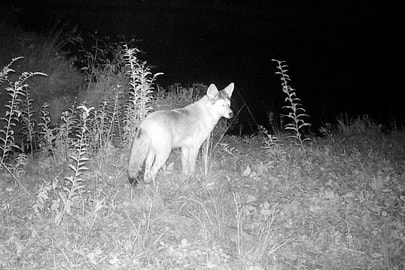
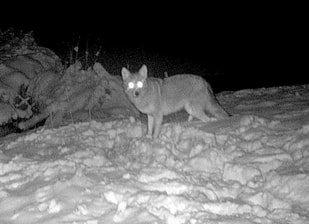
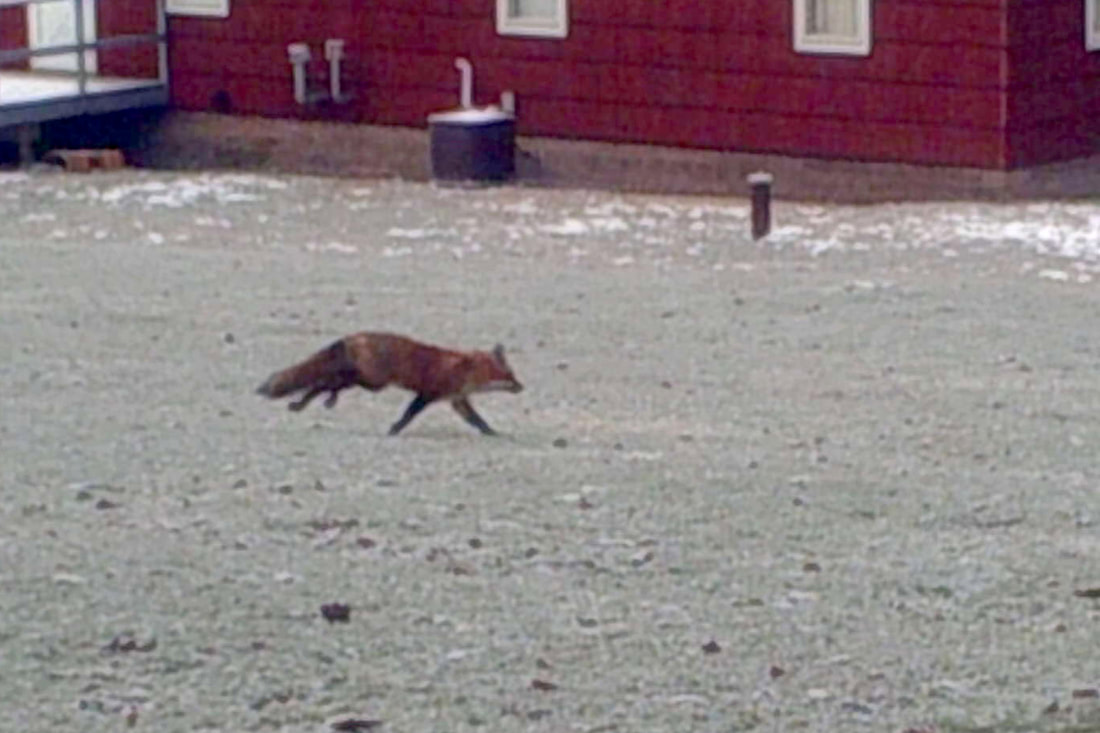
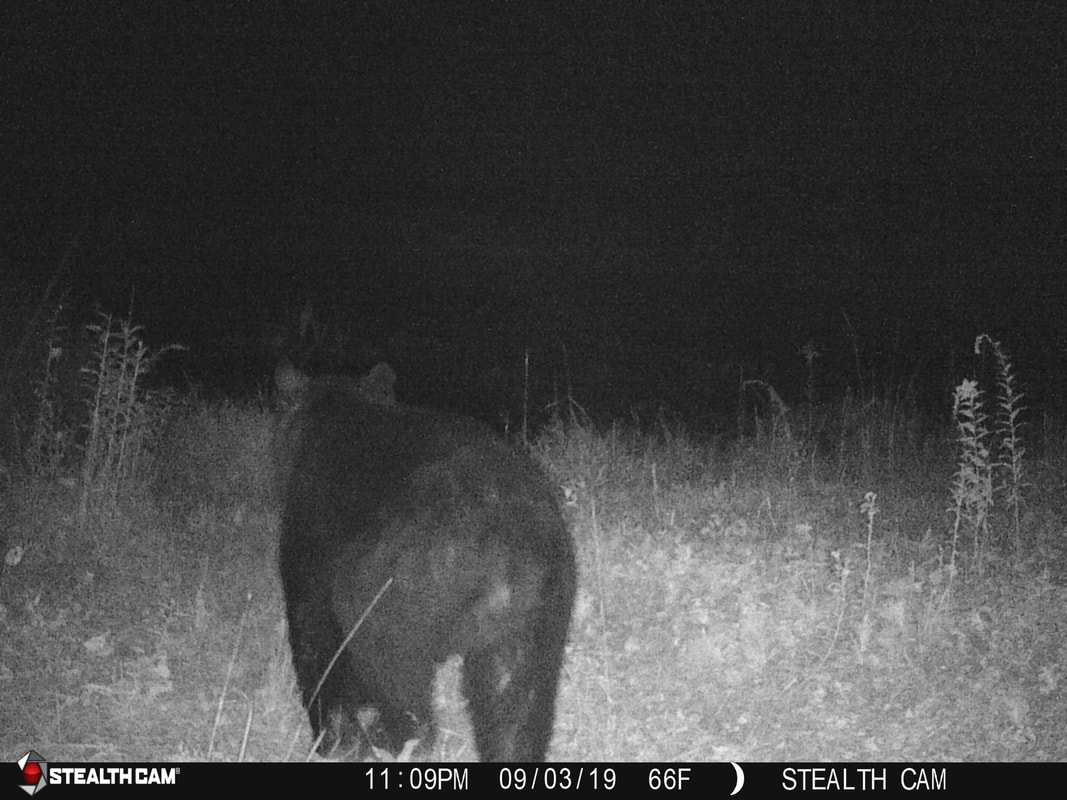
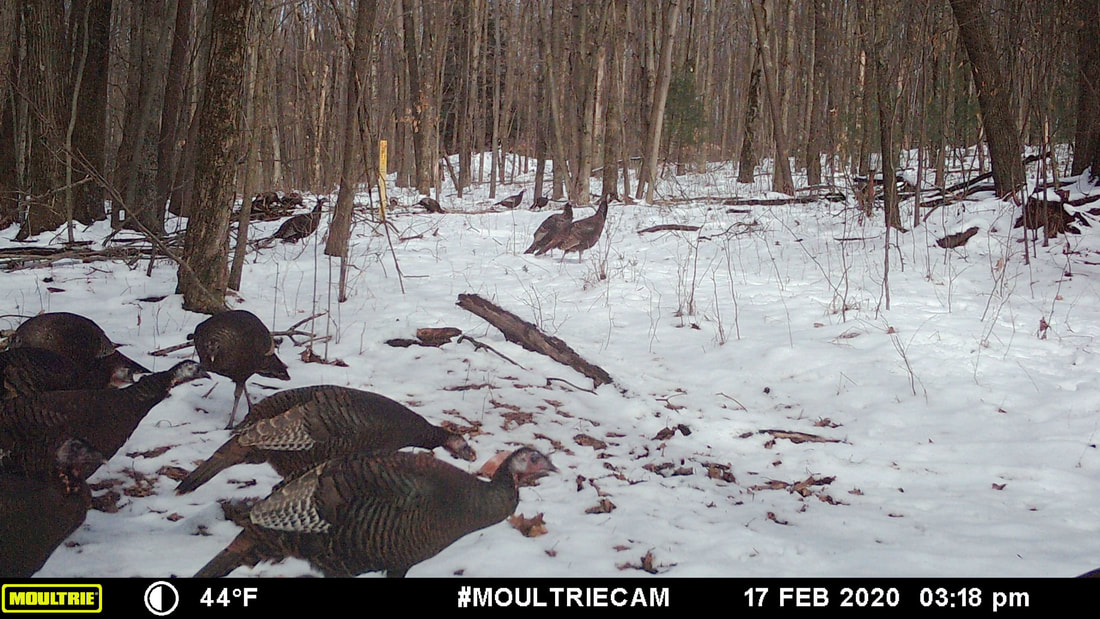
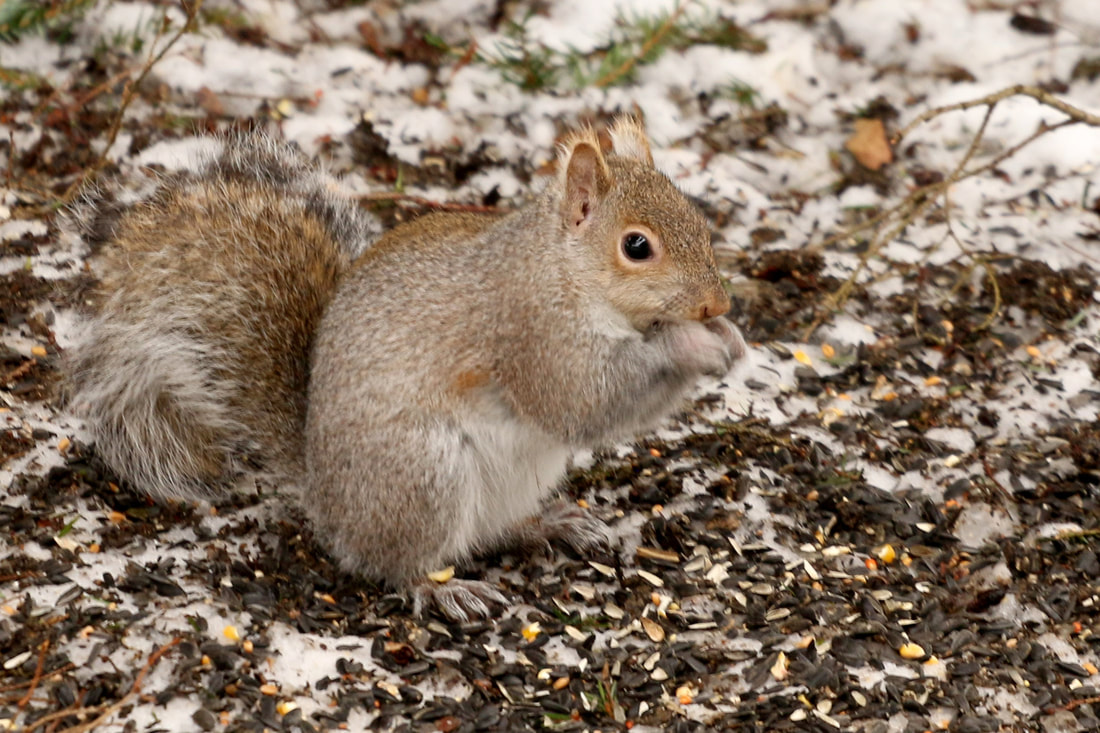

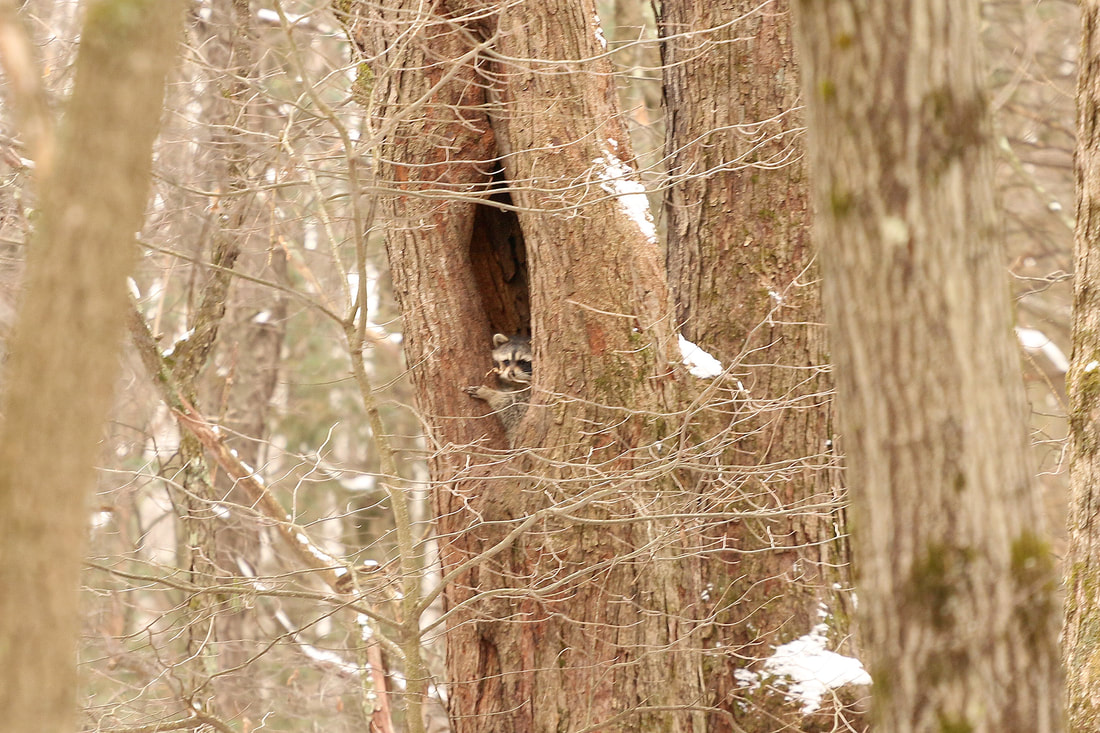
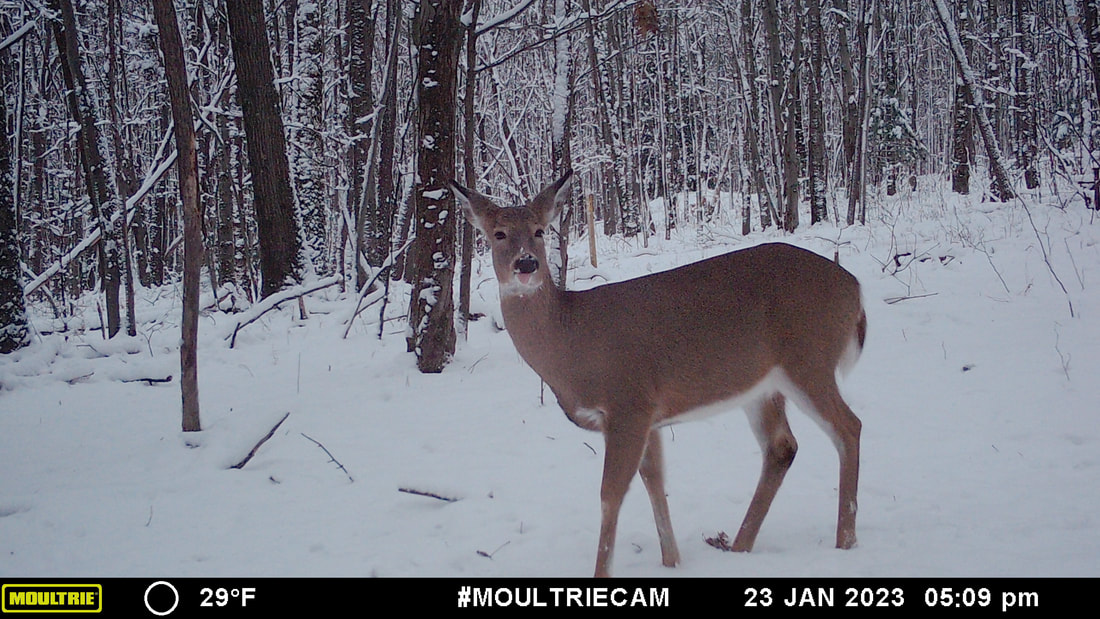
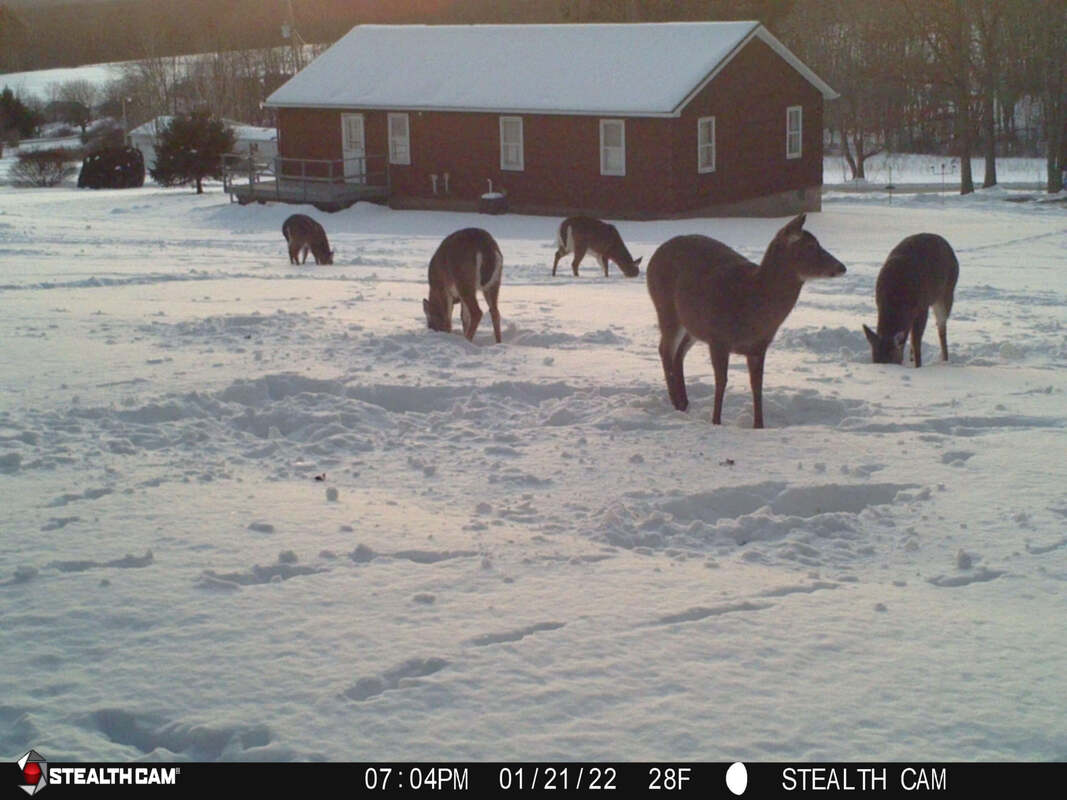

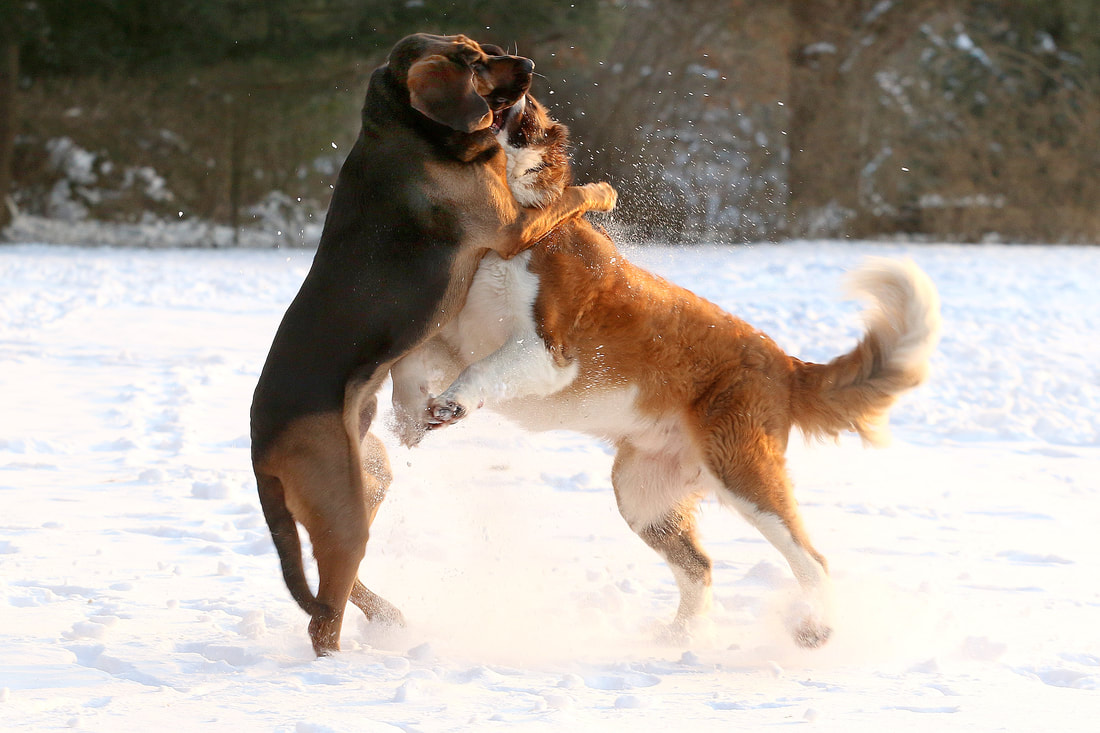
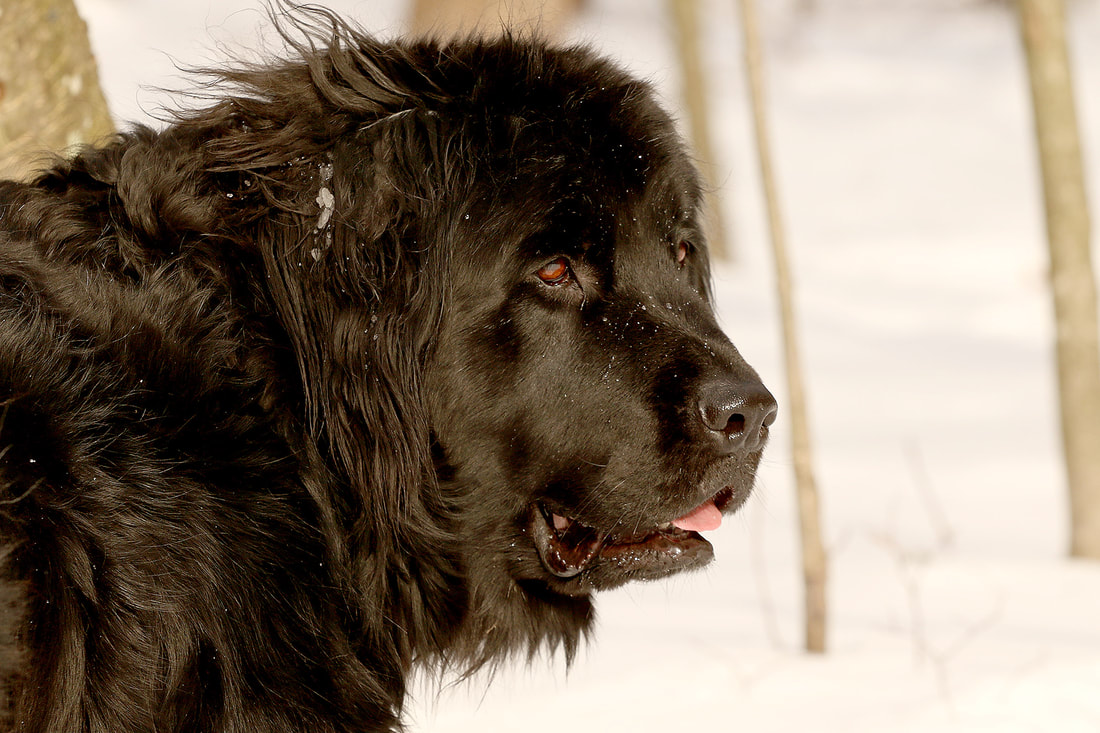
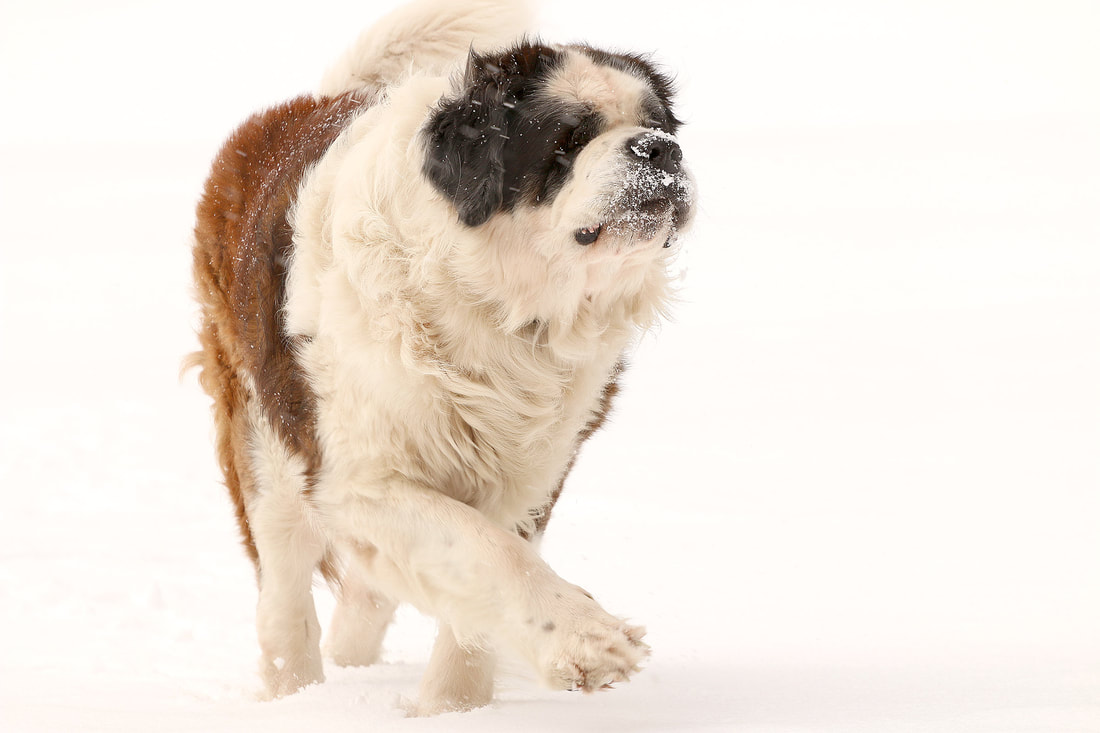




 RSS Feed
RSS Feed